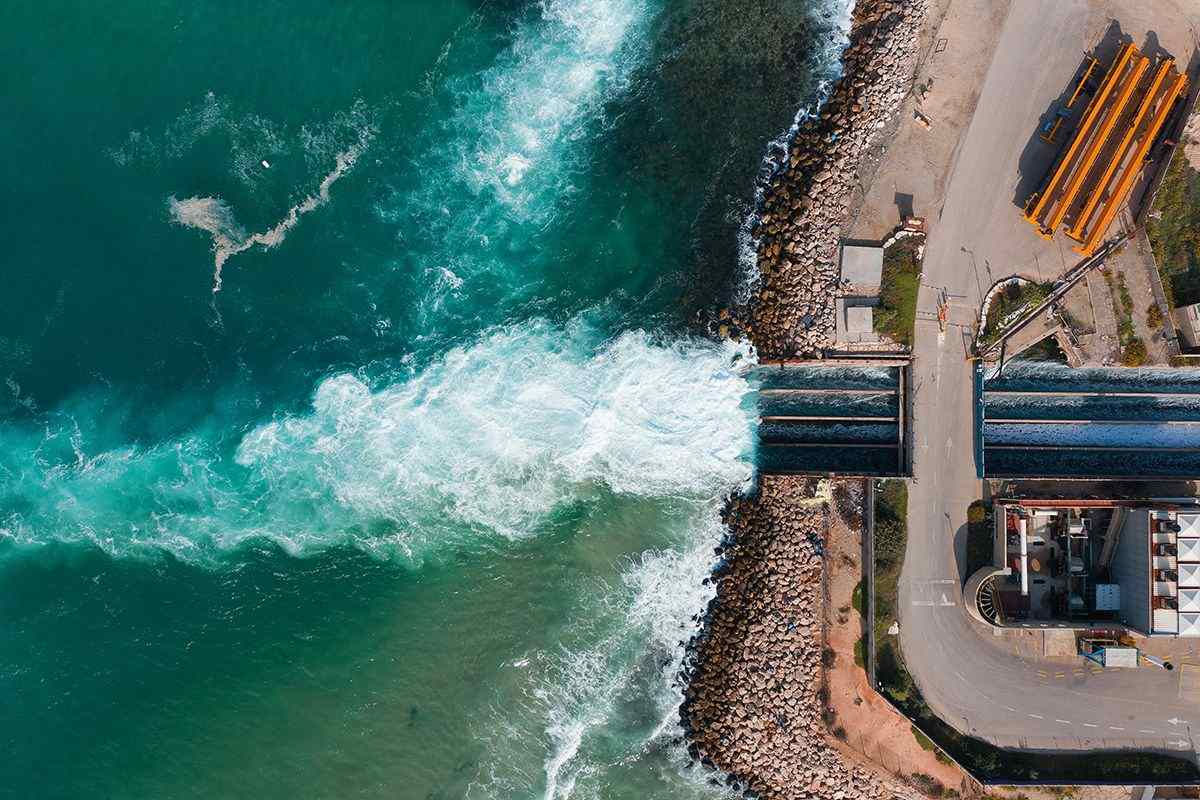Award amount: $1,403,802.00
Funding source(s): Office of Naval Research
Why we care
Large-scale marine carbon dioxide removal methods will require lots of infrastructure to move and process seawater, which could make them prohibitively expensive. This project examines a novel approach that leverages existing desalination infrastructure to minimize the cost of removing CO2 from seawater. This could make marine carbon dioxide removal a more cost-competitive and energy-efficient option to complement direct air capture approaches for large-scale CO2 removal from the environment.
What we will do
The research team will work with existing desalination membranes to enable them to remove CO2 from seawater while producing fresh drinking water. The team will investigate two different promising chemical groups that can be attached to the surface of desalination membranes to make CO2 bubble out of the seawater when it reaches the membrane. The team will perform a combination of experiments, prototyping, modeling, and technoeconomic assessment to determine which types of membranes and surface groups will result in the most cost-effective system.
Benefits of our work
This work will lay the foundation for an approach to couple marine carbon dioxide removal with desalination for large-scale, cost-effective marine carbon dioxide removal. It’s an approach “that could potentially be scaled up quickly in the near future by leveraging existing desalination infrastructure” says Dr. Katherine Hornbostel, principal investigator at the University of Pittsburgh.
Investigators
Katherine Hornbostel, University of Pittsburgh
Matthew Green, Arizona State University (ASU)
Mou Paul, National Renewable Energy Laboratory (NREL)
Abhishek Roy, National Renewable Energy Laboratory (NREL)
Jennifer Yang, University of California, Irvine (UCI)
Image: Desalination plants have potential to integrate electrochemical stripping of carbon dioxide from the water as a marine carbon dioxide removal approach. Credit: Luciano Santandfreu (Shutterstock)

